Contact dermatitis, a type IV delayed hypersensitivity reaction, is an acute or chronic skin inflammation that results from direct skin contact with chemicals or allergens.
What is Contact Dermatitis?
Skin sensitivity in contact dermatitis may develop after a brief or prolonged periods of exposure.
- Contact dermatitis, a type IV delayed hypersensitivity reaction, is an acute or chronic skin inflammation that results from direct skin contact with chemicals or allergens.
- Often sharply demarcated inflammation and irritation of the skin caused by contact to substances by which the skin is sensitive.
Classification
There are four basic types: allergic, irritant, phototoxic, and photoallergic.
- Allergic dermatitis. Allergic dermatitis results from direct contact with substances called allergens.
- Irritant contact dermatitis. Irritant contact dermatitis develops when your skin comes into contact with an irritating substance.
- Phototoxic contact dermatitis. Phototoxic contact dermatitis is a sunburn-like skin disorder resulting from direct tissue damage following the ultraviolet light-induced activation of a phototoxic agent.
- Photoallergic contact dermatitis. Photoallergic contact dermatitis is a delayed-type hypersensitivity cutaneous reaction in response to a photo antigen applies to the skin in subjects previously sensitized to the same substance.
Types
Other types of dermatitis
- Contact dermatitis. Caused by an allergen or an irritating substance. Irritant contact dermatitis accounts for 80% of all cases of contact dermatitis.
- Atopic dermatitis. Very common worldwide and increasing in prevalence. It affects males and females equally and accounts for 10%–20% of all referrals to dermatologists. Individuals who live in urban areas with low humidity are more prone to develop this type of dermatitis.
- Dermatitis herpetiformis. Appears as a result of a gastrointestinal condition, known as celiac disease.
- Seborrheic dermatitis. More common in infants and in individuals between 30 and 70 years old. It appears to affect primarily men and it occurs in 85% of people suffering from AIDS.
- Nummular dermatitis. A less common type of dermatitis, with no known cause and which tends to appear more frequently in middle-age people.
- Stasis dermatitis. An inflammation on the lower legs which is caused by buildups of blood and fluid and it is more likely to occur in people with varicose.
- Perioral dermatitis. Somewhat similar to rosacea; it appears more often in women between 20 and 60 years old.
- Infective dermatitis. Dermatitis secondary to a skin infection
Pathophysiology
The pathophysiology of contact dermatitis involves pathogens that irritate the skin.
- Binding. The hapten (small hydrophobic molecules)-protein complex enters the stratum corneum and binds to epidermal antigen-presenting Langerhans cells.
- Deception. These cells process the antigen and travel to regional lymph nodes where they present the antigen to naive CD4 T cells.
- Proliferation. These T cells then proliferate into memory and effector T cells, which elicit contact dermatitis within 48 to 96 hours of reexposure to the allergen.
Statistics and Incidences
Contact dermatitis incidences are widespread around the world.
- 80% of cases are caused by excessive exposure to or additive effects of irritants.
- The most common type of dermatitis is irritant contact dermatitis, which accounts for about 80% of all cases of contact dermatitis.
- In occupational irritant contact dermatitis, the incidence of confirmed cases is 5 per 100,000 workers.
Causes
If there is a history of suffering from allergic conditions, then the skin must be sensitive and is more likely to develop contact dermatitis.
- Water. You may be surprised, but water can aggravate contact dermatitis, through frequent hand washing and prolonged contact with water.
- Soaps. All kinds of soaps, detergents, shampoos and other cleaning agents have harmful substances that could possibly irritate the skin.
- Solvents. Solvents such as turpentine, kerosene, fuel, and thinners are strong substances that are harmful to the sensitive skin.
- Extremes of temperature. There are people who are really sensitive even when exposed to extremes of temperature and could cause contact dermatitis.
Clinical Manifestations
Usually, there are no systemic symptoms unless the eruption is widespread.
- Itching. Once the patient is exposed to an irritating substance, severe itching would occur.
- Erythema. The skin turns red as a result of the irritation.
- Skin lesions. Vesicles are a common manifestation of contact dermatitis.
- Weeping. Weeping refers to the oozing of the contents of the vesicles, which can be pus or a watery substance.
- Crusting. The vesicles start to form a crust as it slowly becomes dry.
- Drying. The skin finally becomes dry and peels off.
Complications
Contact dermatitis could lead to the following complications:
- Chronic itchy, scaly skin. A skin condition called neurodermatitis starts with a patch of itchy skin, which, when scratched habitually, may result in a thick,leathery, and discolored skin.
- Infection. If a rash is scratched habitually, it may turn into an open wound wherein bacteria could enter and cause infection.
Assessment and Diagnostic Findings
The location of the skin eruption and the history of exposure aid in determining the condition.
- Patch test. Patch test on the skin with suspected offending agents may clarify the diagnosis.
- Thin-layer Rapid Use Epicutaneous (TRUE) test. The patch test most commonly used is the TRUE test.
Medical Management
The most important step in the medical management of dermatitis is to recognize the causative factor so that it could be avoided.
- Avoiding the irritant. The key is to identify the substance that causes the rash so that it could be avoided.
- Phototherapy. There are patients that need light therapy to calm their immune system, and the method is called phototherapy.
- Medicated baths. Medicated baths are prescribed for larger areas of dermatitis.
Pharmacologic Therapy
Drug therapy for contact dermatitis usually consists of lotion, creams, and oral medications.
- Hydrocortisone, a corticosteroid, may be prescribed to combat inflammation in a localized area.
- Antihistamines. Prescription antihistamines may be given if non-prescription strength is inadequate.
- Barrier cream. These products can provide a protective layer for the skin.
- Antibiotics. Topical or oral antibiotics may be used to treat secondary infection.
Nursing Management
Nursing management of a patient with contact dermatitis involves the following:
Nursing Assessment
Skin assessment should be the focus in a patient with contact dermatitis.
- Skin characteristics. Assess skin, noting color, moisture, texture, and temperature.
- Lesions. Note erythema, edema, tenderness, presence of erosions, excoriations, fissures, and thickening.
- Appearance. Assess the patient’s perception of and behavior related to changed appearance.
Nursing Diagnosis
Based on the assessment data, the major nursing diagnoses are:
- Impaired skin integrity related to contact with irritants or allergens.
- Disturbed body image related to visible skin lesions.
- Risk for infection related to excoriations and breaks in the skin.
- Risk for impaired skin integrity related to frequent scratching and dry skin.
Nursing Care Planning & Goals
Main Article: 4 Dermatitis Nursing Care Plans
The major goals for the patient are:
- Patient maintains optimal skin integrity within limits of the disease, as evidenced by intact skin.
- Patient verbalizes feeling about lesions and continues daily activities and interactions.
- Patient remains free of secondary infection.
- Patient reports increased comfort level and skin remains intact.
Nursing Interventions
Nursing interventions appropriate for the patient include:
- Skin care. Encourage the patient to bathe in warm water using a mild soap, then air dry the skin and gently pat to dry.
- Topical application. Usual application of topical steroid creams and ointments is twice a day, spread thinly and sparingly.
- Phototherapy preparation. Prepare the patient for phototherapy, because this method uses ultraviolet A or B light waves to promote healing of the skin.
- Acknowledge patient’s feelings. Allow patient to verbalize feelings regarding their skin condition.
- Proper hygiene. Encourage the patient to keep the skin clean, dry, and well lubricated to reduce skin trauma and risk for infection.
Evaluation
Expected patient outcomes include:
- Patient maintained optimal skin integrity within limits of the disease, as evidenced by intact skin.
- Patient verbalized feeling about lesions and continues daily activities and interactions.
- Patient remained free of secondary infection.
- Patient reported increased comfort level and skin remains intact.
Discharge and Home Care Guidelines
To help reduce itching and soothe inflamed skin, the following should be followed:
- Avoid the irritant. Avoid allowing the reaction-causing substance to touch the skin
- Anti-itch creams. Apply anti-itch creams or calamine lotion to the affected area.
- Cold application. Moisten soft cloths and hold them against the rash to soothe the skin for 15 to 30 minutes.
- Avoid fragrance-containing substances. Choose soaps, powders, and other personal products that are fragrance-free, as it could irritate the affected area.
Documentation Guidelines
The focus of documentation include:
- Characteristics of lesions or condition.
- Causative and contributing factors.
- Impact of condition on personal image and lifestyle.
- Observations, presence of maladaptive behaviors, emotional changes, level of independence.
- Support system available.
- Recent or current antibiotic therapy.
- Signs and symptoms of infectious process.
- Plan of care.
- Teaching plan.
- Responses to interventions, teaching, and actions performed.
- Attainment or progress toward desired outcomes.
- Modifications to plan of care.
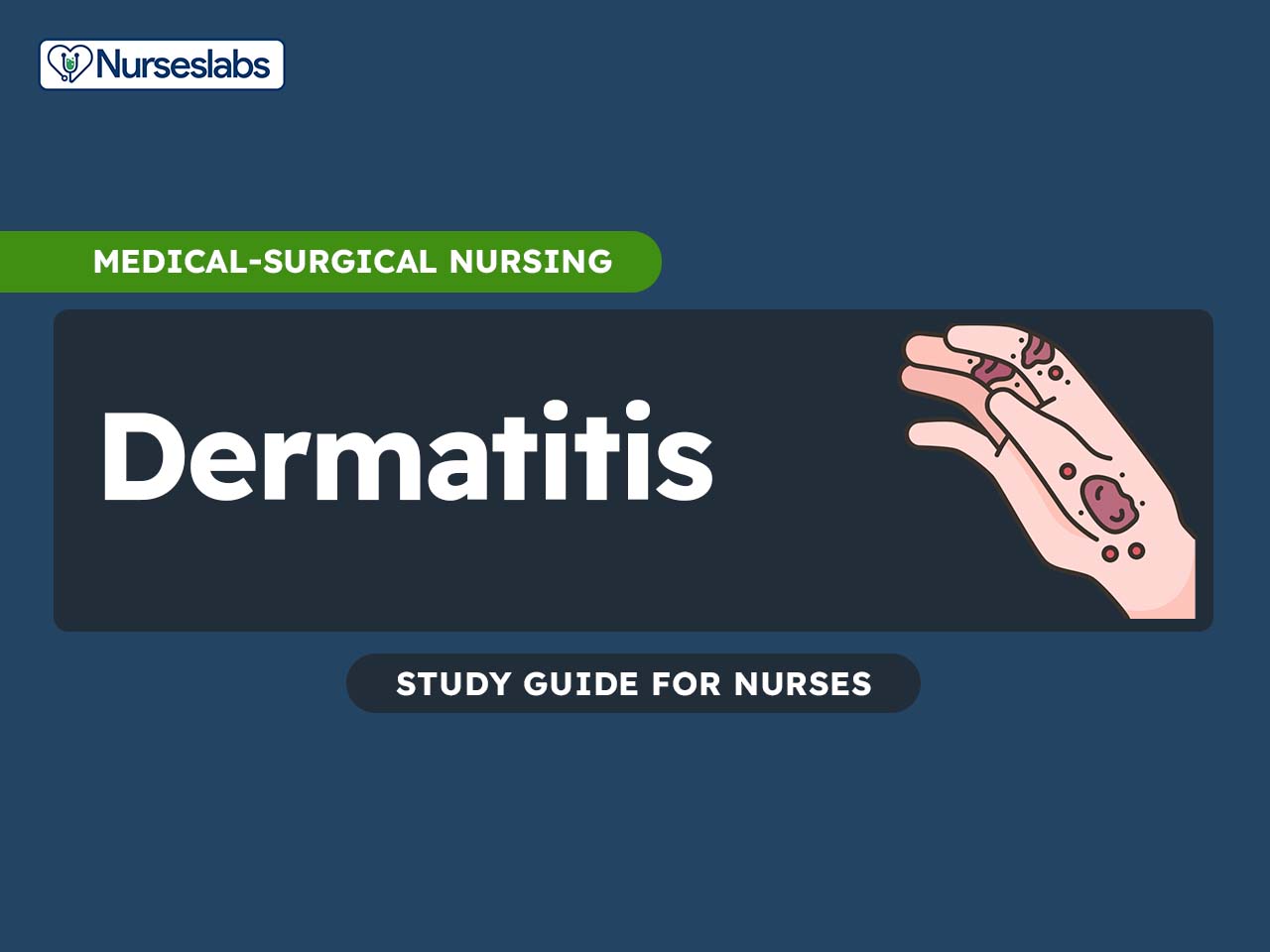






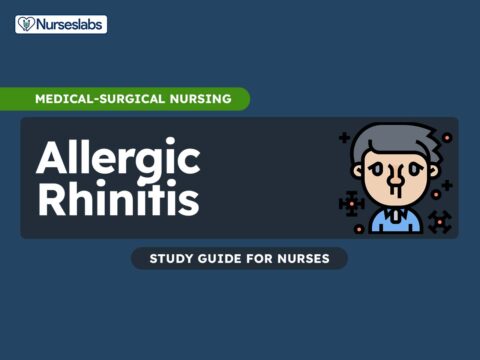




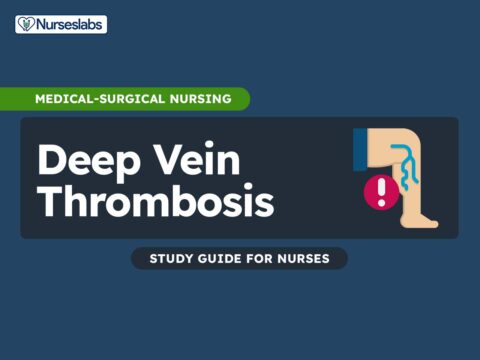
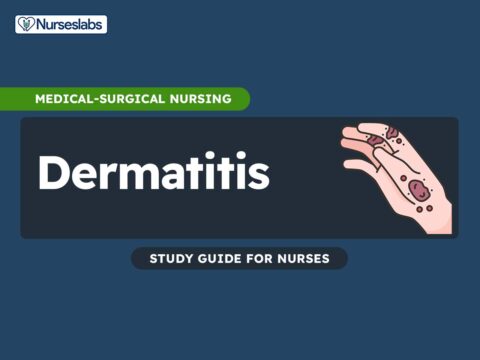

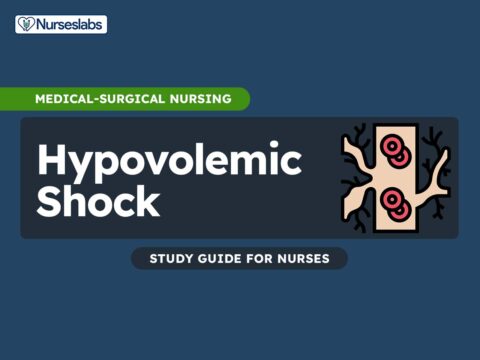

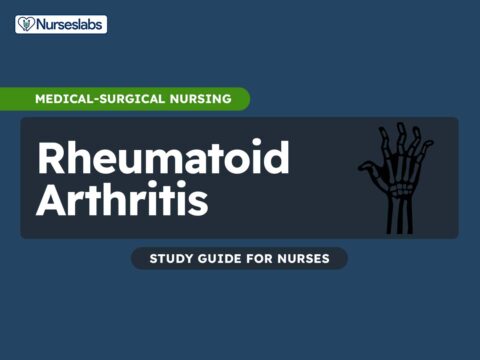


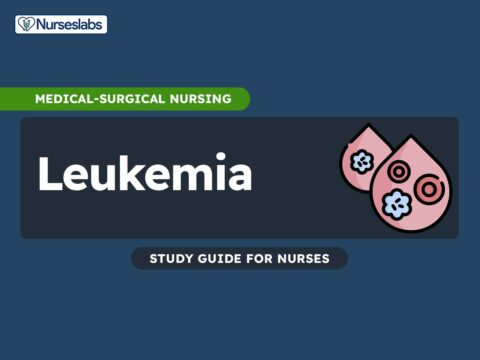


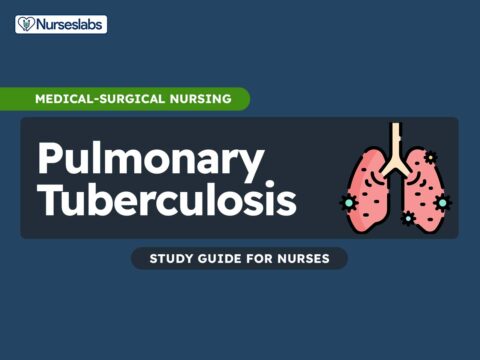


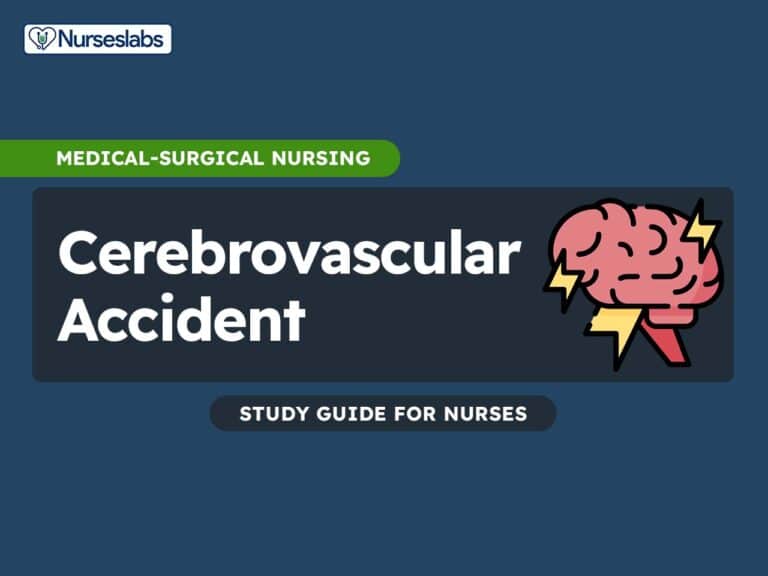


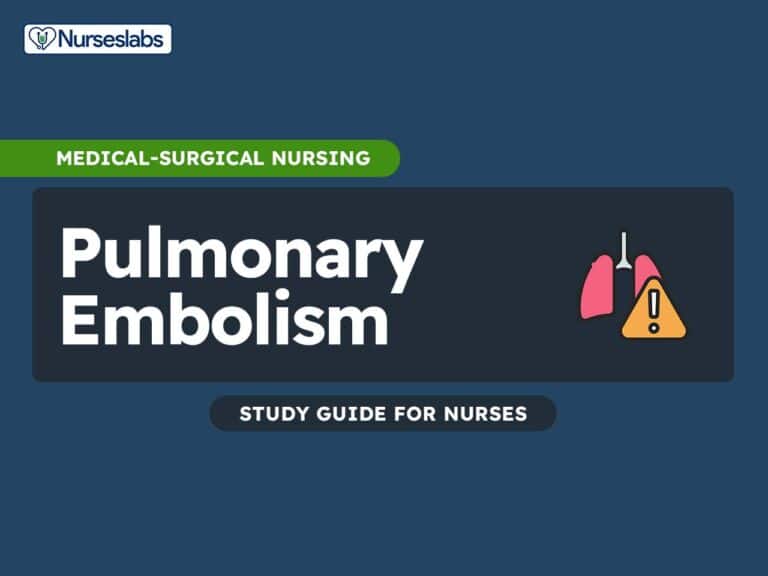



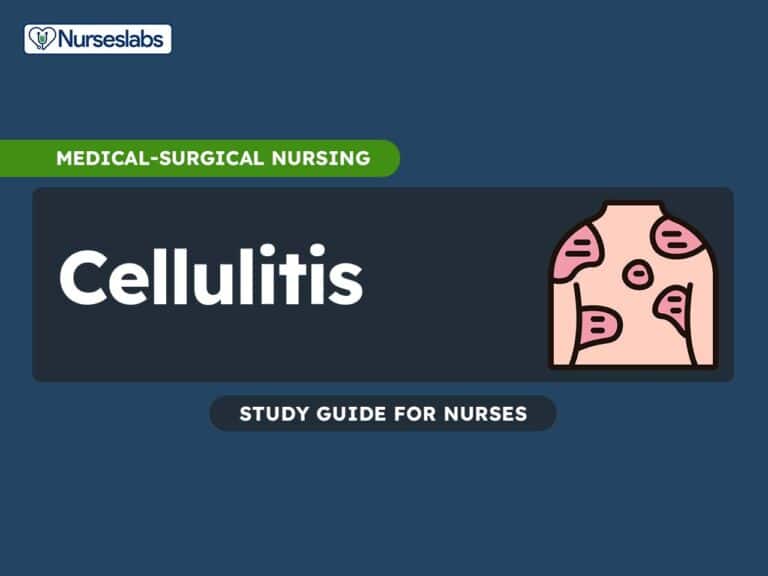
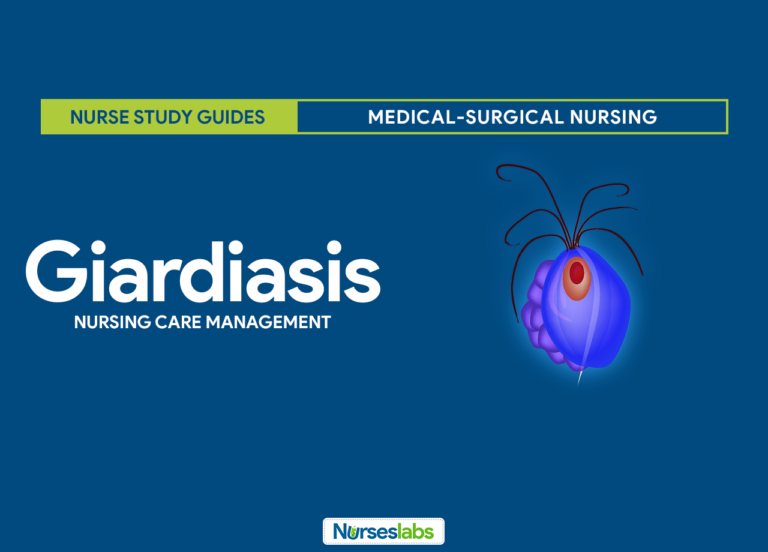


Leave a Comment